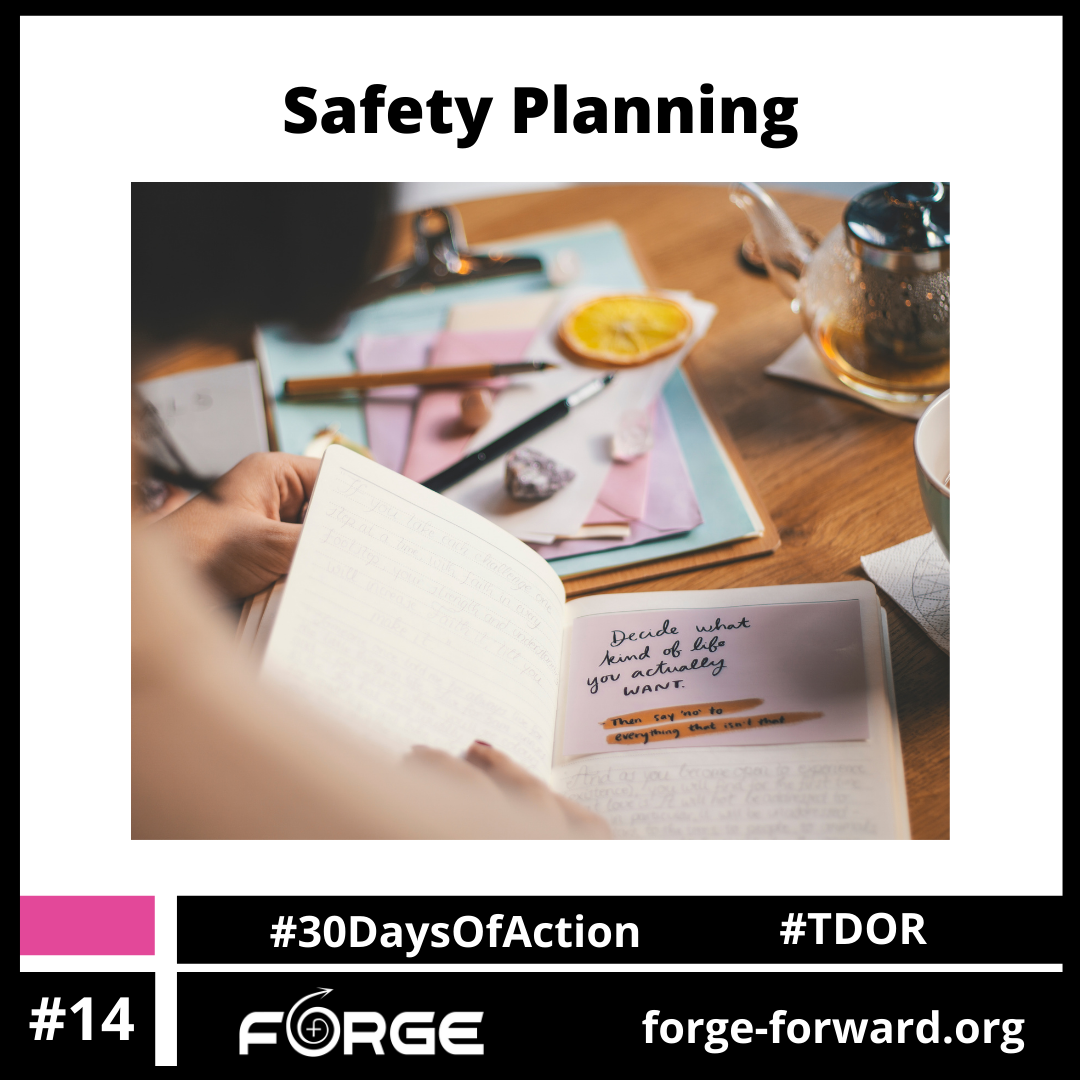Did you know that between around 50% of trans people experience intimate partner violence in their lifetime? This data is from a November 2015 report from The Williams Institute, “Intimate Partner Violence and Sexual Abuse Among LGBT People: A review of existing research.”
Remember: When intimate partner violence, stalking, or hate-motivated crimes occur…. It is NOT YOUR FAULT.
Many people believe that violence most frequently happens from strangers. The reality is that most types of violence are perpetrated by someone we know (including many hate crimes). There are tangible things you can do to reduce your risk of experiencing intimate partner or other forms of violence.
Again, remember that violence against a person is never their fault.
COVID-19 has forced many people to work from home. A large number of people have been laid off and are also spending more time at home. COVID-19 has also meant that many children and youth are attending school from home. For people who were already in abusive relationship dynamics, this increase in time spent together has dramatically increased the rates of abusive behaviors. For people who may not have been experiencing abuse in the home, the stress of new work demands, new forms of parenting, learning new technology, overarching isolation, loss of support networks, and more, have strained relationships to the point that some have become physically, emotionally, verbally, or financially abusive.
All of us are using technology now more than ever. Technology abuse is common and there are steps that can be taken to minimize the risks. For community members and for service providers, the National Network to End Domestic Violence has a great website specifically on Technology Safety. The website covers COVID-specific concerns, apps and software that increase safety, and a technology safety planning tool.
If you think you might be in an abusive relationship,
- Read through “Safety Planning: A Guide for Transgender and Gender Non-Conforming Individuals who are experiencing intimate partner violence.” Figure out what steps you might take to help increase your own safety. [Consider working through this safety planning tool with a friend, therapist, or someone you like and trust.]
- Determine at least one person or one place where you can go if you are in immediate danger.
If you suspect someone you know is in an abusive relationship,
- Read about trans-specific tactics
- Offer to work through the Safety Planning Tool with your friend http://forge-forward.org/wp-content/docs/safety-planning-tool.pdf
- Remember that engaging the police can be more dangerous for trans/non-binary people (especially those who are people of color, who are undocumented, who are youth, or those whose identities are often marginalized). Find ways to support and provide safety without calling law enforcement when possible.
If you are a provider, familiarize yourself with trans-specific power and control tactics by
- Reading “FAQ: Safety Planning with Transgender Clients” http://forge-forward.org/2013/01/safety-planning-with-transgender-clients/
- Viewing the recorded webinar: “Safety planning with transgender clients” http://forge-forward.org/event/safety-planning/
Not in a relationship, but dating? Check out and use the safe(r) dating tips from this handout, specifically designed for trans and gender non-binary people: #30DaysOfAction #30DaysOfTransAction #TDOR #TDOR2020 #Trans #NonBinary #SafetyPlanning #TechSafety

